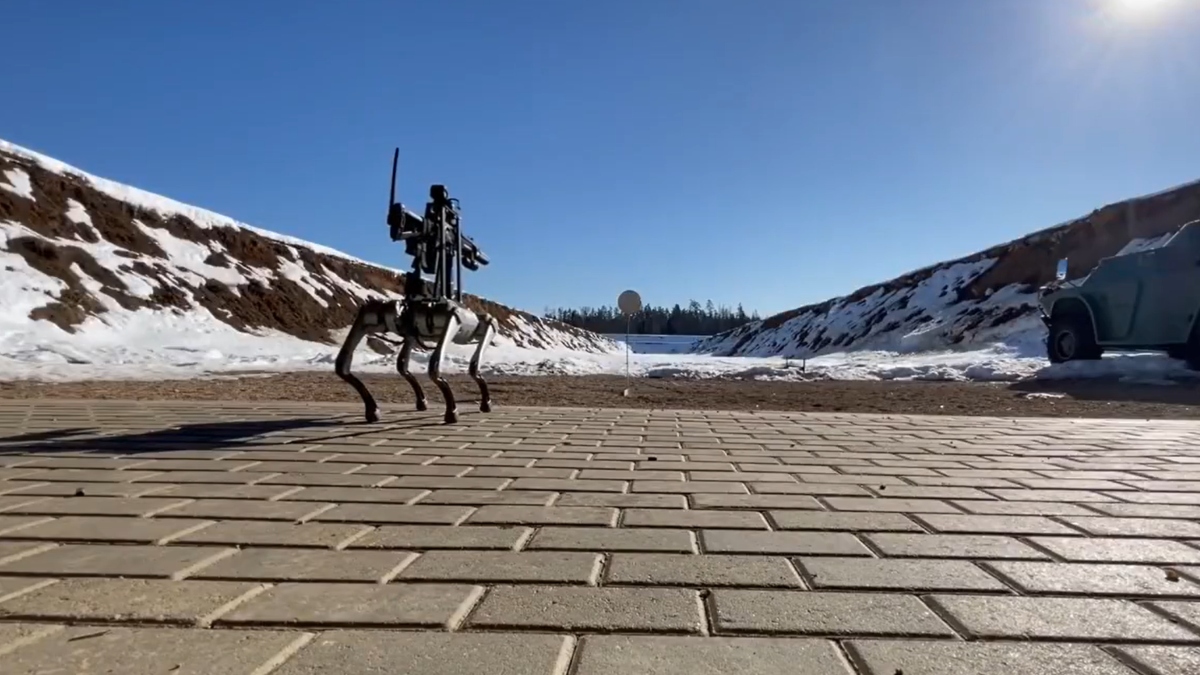Advanced swarming drones operated by UK defense ministry ready for deployment within months
12/01/2020 / By Franz Walker

A defense firm claims that the U.K.’s Ministry of Defence (MoD) could have a fleet of drones with an advanced swarming capability ready for deployment within months.
According to Blue Bear Systems Research, the MoD has invested £4 million in the company in an effort to develop a system of networked drones that can carry multiple payloads. The company has since stated that approximately £5 million could provide the MoD with a fleet of 20 drones ready for deployment in the span of six months.
The MoD’s efforts to develop and acquire new drone technologies come in response to the increased use of drones and unmanned aerial vehicles (UAV) by various actors in conflict zones around the world. These include the use of drones by the Russians in Crimea and by Islamic State forces in the Middle East.
“The Russians used drones to great effect in Crimea and now we’re seeing Azerbaijan buy Turkish drones and fly them in the same way,” said Blue Bear’s Managing Director Ian Williams-Wynn, in an interview with The Telegraph.
“Islamic State used model aircraft and were devastatingly effective,” he added.
A swarm of the new drones can be controlled by a single operator
Blue Bear’s drones come with a unique new feature not seen in other systems. Its Redkite and Cobra fixed-wing UAVs have the ability to be controlled in a swam. This technology allows for complex drone operations, with multiple assets carrying out simultaneous tasks, with only a single operator in charge.
In comparison, most other UAV systems require one operator for each drone that’s flying in the air.
The company successfully demonstrated this technology back in April when the company flew a swarm of five fixed-wing drones, clocking up to 15 hours of flying time, over four days, in challenging weather conditions. All of the assets were controlled by a single operator from Blue Bear’s Mission Command Control System. (Related: A scary possibility becomes reality: Thought-controlled drones now hit the UAV scene.)
This was followed by a test with 12 drones in July and a more recent test with 20 drones in a collaborative heterogeneous swarm conducting beyond visual line of sight (BVLOS) operations in October.
“This is an exciting development for us, proving our ability to operate multiple drones, simultaneously, using the latest Blue Bear technology to deliver a swarm effect under BVOLS conditions,” said Williams-Wynn.
“As agile innovators, this, once again, proves that we are able to develop game-changing capability rapidly,” added Blue Bear CEO Yoge Patel.
Defense ministry looking to bolster drone forces
The MoD has been trying to bolster its own drone forces for some time now. Military experts had actually hoped that Blue Bear’s drone swarm units would already be in service by last year.
Plans to deploy the swarm technology have been delayed, but the Royal Air Force’s 216 Squadron is now known to be conducting trials and development activities with the drone. The Squadron aims to fast-track the deployment of the drones and the swarm technology to the frontlines of military service.
Even with the tests still ongoing, the MoD had already agreed to purchase three Protector drones – British variants of the MQ-9 Reaper drone used by the U.S. Air Force – for £65 million in July, with the view of having them operations by 2024.
But drones much smaller than Protector, such as the swarming drones by Blue Bear can be available much sooner, with the company promising the ability to deliver 20 within six months should the MoD agree to purchase them.
In addition to being cheaper and faster to deploy, such drones are also stealthier. They’re invisible to most radar and are much quieter as well. This is on top of the swarm advantages of the swarm technology that they bring.
For more on the latest developments on drones and other advanced military technologies, follow MilitaryTechnology.news.
Sources include:
Submit a correction >>
Tagged Under:
drone, future technology, military, military technology, ministry of defence, remote weaponry, swarm, UAV, UK
This article may contain statements that reflect the opinion of the author
RECENT NEWS & ARTICLES
COPYRIGHT © 2017 ROBOTICS.NEWS
All content posted on this site is protected under Free Speech. Robotics.News is not responsible for content written by contributing authors. The information on this site is provided for educational and entertainment purposes only. It is not intended as a substitute for professional advice of any kind. Robotics.News assumes no responsibility for the use or misuse of this material. All trademarks, registered trademarks and service marks mentioned on this site are the property of their respective owners.





















